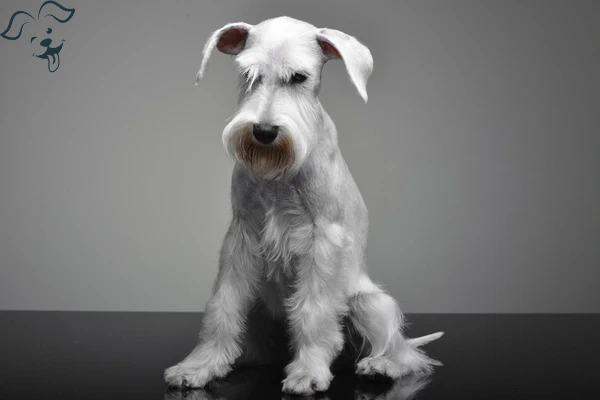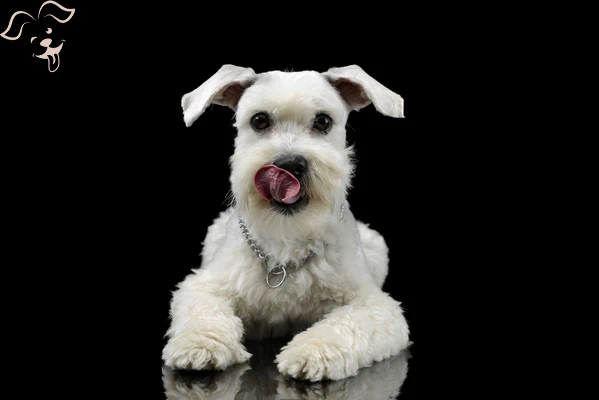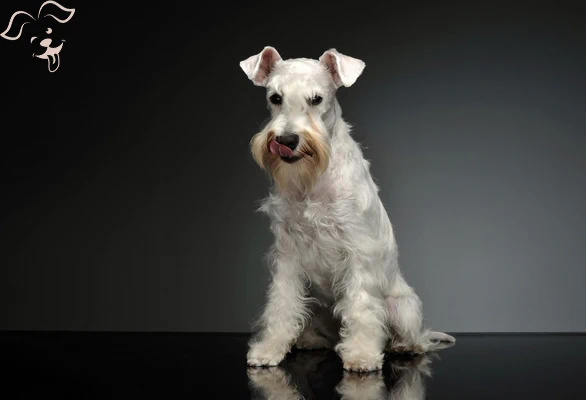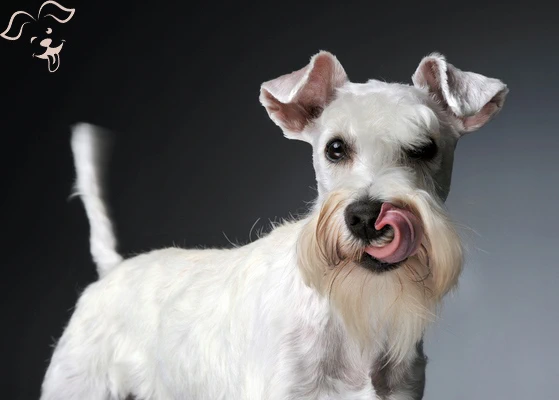Allergies are a relatively common occurrence within the breed, although they are rarely severe in nature. Prior to breeding, it is highly recommended to test potential sires and dams for various genetic eye diseases. The American Sealyham Terrier Club offers comprehensive information regarding the breed's health. Additionally, due to the long eyebrows of Sealyham Terriers, non-genetic eye issues like tearing and infections may arise. If the dog is kept as a pet, it is advisable to keep the eyebrow fall shorter to mitigate these concerns. While ear infections can occur due to the weight and position of the ears regular ear cleaning is typically sufficient for prevention and maintenance. Recommended Health Tests from the National Breed Club:
|
Sealyham Terrier
ATTRIBUTES: Alert, Outgoing, Sense of Humor
GROUP: Terrier Group
ACIVITY LEVEL: Regular Exercise
BARKING LEVEL: Likes To Be Vocal
COAT TYPE: Wiry, Double
COAT LENGTH: Medium
SHADDING: Seasonal
SIZE: Small
TRAINABILITY: Independent
CHARACTERISTIC: Medium Dog Breeds
Breed Overview

Ancestry
Corgi, West Highland White, Wirehaired Fox

Origin
Wales

Registration
1911

Size
10.5 Inches

Weight
23 - 24 Pounds (Male)
Slightly Less (Females)

Expected Life
12 - 14 Years
























FRIENDLINESS
LIVELINESS
VIGILANCE INTENSITY
ADAPTATION CAPACITY